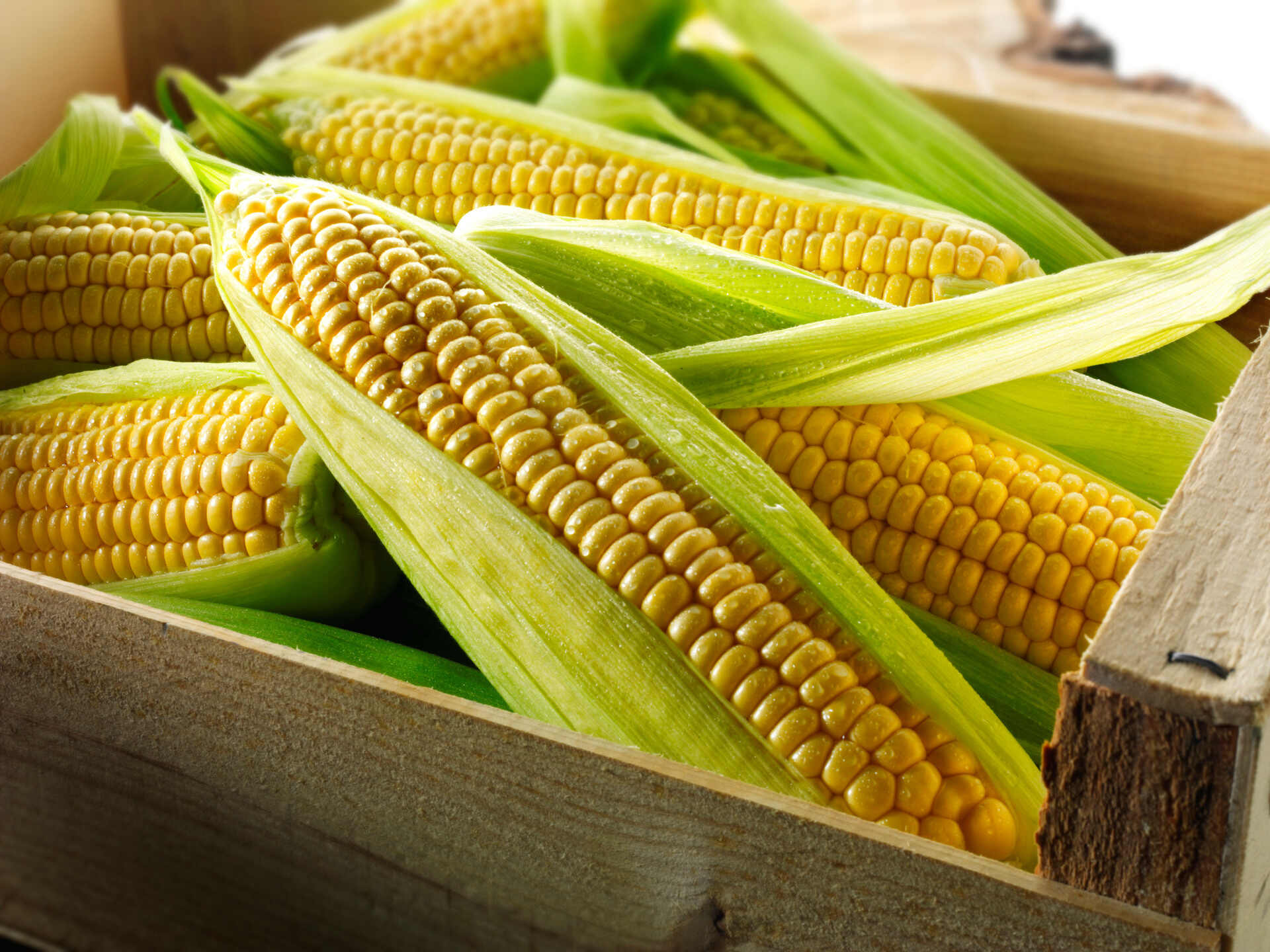

Articles
How To Store Fresh Picked Corn On The Cob
Modified: February 23, 2024
Learn the best techniques and tips for storing fresh picked corn on the cob to keep it fresh and delicious. Check out our helpful articles for all the information you need.
(Many of the links in this article redirect to a specific reviewed product. Your purchase of these products through affiliate links helps to generate commission for Storables.com, at no extra cost. Learn more)
Introduction
When the summer season rolls around, one of the most delightful treats to indulge in is fresh-picked corn on the cob. Nothing compares to sinking your teeth into those sweet, juicy kernels, bursting with flavor. Whether you’ve harvested corn from your own backyard garden or picked some up from a local farm, properly storing fresh corn on the cob is essential to ensure its freshness and taste.
Fresh corn on the cob not only tastes amazing, but it also offers several benefits. It is a great source of dietary fiber, vitamins, and minerals, making it a nutritious addition to your meals. Corn is also low in fat and calories, making it a healthier alternative to many other snacks.
However, keeping corn on the cob fresh can be a challenge if it is not stored correctly. Without proper storage, the corn can quickly become dry, starchy, and lose its natural sweetness. That’s why it’s important to know the right methods for storing fresh-picked corn on the cob.
In this article, we will explore different storage methods to help you maintain the freshness and flavor of your corn on the cob. Whether you prefer to use the refrigerator, freezer, or choose to can the corn, we will guide you through step-by-step to ensure you can enjoy the delicious taste of summer corn all year round.
Key Takeaways:
- Preserve the Sweetness: Proper storage of fresh-picked corn on the cob ensures year-round enjoyment of its juicy kernels and sweet flavor. Refrigerate, freeze, or can to maintain its goodness.
- Nutrient-Rich Delight: Fresh-picked corn on the cob offers health benefits and versatile culinary options. Store it properly to savor its nutritional value and delightful taste.
Read more: How To Store Corn On Cob
Benefits of Fresh Picked Corn On The Cob
Fresh-picked corn on the cob is not only a delicious summer treat but also offers several health benefits. Let’s take a closer look at why including fresh corn in your diet is a great idea:
- Nutritional Value: Corn is packed with essential nutrients. It is a great source of dietary fiber, which aids in digestion and helps maintain a healthy weight. It also contains vitamins such as vitamin C, thiamine, and folate, which are important for overall health.
- Rich in Antioxidants: Corn contains antioxidants like lutein and zeaxanthin, which promote eye health and reduce the risk of age-related macular degeneration. These antioxidants also have anti-inflammatory properties, protecting against chronic diseases.
- Energy Boost: With its high carbohydrate content, corn provides a quick energy boost. It is an excellent source of complex carbohydrates, which release energy slowly, keeping you feeling full and satisfied for longer periods.
- Heart Health: Corn is low in saturated fat and cholesterol, making it heart-friendly. It contains plant sterols that help lower cholesterol levels. The fiber in corn also aids in managing cholesterol levels and reducing the risk of cardiovascular diseases.
- Weight Management: Corn is a low-calorie and filling food. With its high fiber content, it promotes a feeling of fullness, making it an excellent choice for those watching their weight. The natural sweetness of corn can also help curb cravings for unhealthy snacks.
Additionally, fresh-picked corn on the cob appeals to the taste buds and adds variety to your meals. Its natural sweetness pairs well with savory dishes, making it a versatile ingredient in various recipes. So, not only is corn nutritious, but it also offers a pleasant and satisfying dining experience.
Now that we understand the numerous benefits of fresh-picked corn, let’s move on to the next crucial step – preparing the corn for storage to ensure its longevity and flavor.
Preparing Corn for Storage
Before storing fresh-picked corn on the cob, it is important to take some necessary steps to prepare it properly. These steps will help maintain the quality and flavor of the corn throughout its storage period. Follow these simple guidelines to prepare your corn for storage:
- Harvesting Time: Harvest corn when the kernels are fully developed and juicy. Look for corn with bright green husks and slightly sticky silk. The best time to pick corn is in the morning when it is at its freshest.
- Husking: Remove the outer husks by peeling them back. Remove any damaged or diseased husks to prevent spoilage. However, leave the inner husks intact to protect the kernels and retain moisture.
- Silk Removal: Gently pull back the remaining silks, taking care not to damage the kernels. If any silk remains, you can use a soft brush or damp cloth to remove it. Make sure the corn is clean and free from any debris.
- Quality Check: Inspect the corn for any signs of rot or decay. Remove any damaged or spoiled kernels as they can cause the rest of the corn to spoil more quickly.
- Pre-Cooling: To help maintain the freshness of the corn, it is recommended to pre-cool it before storing. Place the corn in a cool, well-ventilated area for a few hours to lower its temperature. This will slow down the natural enzymatic activity and extend its shelf life.
By following these simple steps, you can ensure that your fresh-picked corn is in the best condition for storage. Now let’s explore various methods you can use to store your corn and enjoy that delicious taste all year round.
Storage Methods for Fresh Picked Corn On The Cob
Now that you’ve prepared your fresh-picked corn on the cob, it’s time to explore different storage methods to preserve its flavor and freshness. Here are three popular options for storing corn:
- Option 1: Refrigerator Storage: The refrigerator is the easiest and most common method for short-term storage of fresh corn. Wrap each ear of corn individually in a damp paper towel and then place them in a plastic bag. Make sure to remove as much air as possible from the bag before sealing. Store the corn in the refrigerator, and it will stay fresh for up to 5-7 days.
- Option 2: Freezing Corn On The Cob: Freezing is a great way to extend the shelf life of fresh corn for several months. Start by blanching the corn in boiling water for 4-5 minutes, then immediately transfer it to an ice water bath to stop the cooking process. Once cooled, remove the kernels from the cob using a sharp knife. Place the kernels into airtight freezer bags, removing as much air as possible. Label the bags with the date and store them in the freezer. Frozen corn can last up to 10-12 months.
- Option 3: Canning Corn On The Cob: Canning allows you to store corn for an extended period without the need for freezing. Start by blanching the corn for 4-6 minutes, then transfer it to an ice water bath. Cut the corn into desired lengths to fit your canning jars. Pack the corn into sterilized jars, leaving 1 inch of headspace. Add boiling water or brine solution, leaving 1/2 inch headspace. Remove air bubbles and ensure the rim of the jar is clean before placing lids and bands. Process the jars in a pressure canner according to the recommended time and pressure. Properly canned corn can last for 1-2 years.
Each storage method has its advantages, so choose the one that suits your needs and preferences. The refrigerator is ideal for short-term storage when you plan to use the corn within a week. Freezing is great for preserving the taste and texture of fresh corn for a longer period, while canning offers the convenience of shelf-stable storage.
Now that you know the various storage methods, let’s move on to some tips to ensure you store your fresh-picked corn on the cob properly.
Option 1: Refrigerator Storage
Refrigerator storage is a convenient and effective method for preserving the freshness of fresh-picked corn on the cob. Follow these simple steps to store your corn in the refrigerator:
- Preparing the Corn: Before storing the corn, make sure it is clean and dry. Remove any damaged or discolored husks, but keep the inner husks intact to protect the kernels.
- Wrap Each Ear: Individually wrap each ear of corn in a damp paper towel. This helps retain moisture and prevents the corn from drying out. The dampness of the towel will also simulate the natural humidity that corn needs to stay fresh.
- Place in a Plastic Bag: After wrapping each ear, place them in a perforated plastic bag. The perforations allow for proper air circulation while preventing excessive moisture buildup. Alternatively, you can use a resealable plastic bag and make a few small punctures in it to allow for airflow.
- Remove Excess Air: Before sealing the bag, squeeze out as much air as possible. This helps prevent the corn from becoming stale. A vacuum sealer can also be used for an airtight seal if available.
- Store in the Refrigerator: Place the bag of wrapped corn in the refrigerator. Ideally, store it in the crisper drawer or in a part of the fridge where the temperature is consistently cool (around 32-40°F or 0-4°C).
- Check and Rotate: Periodically check your stored corn for any signs of spoilage, such as mold or discoloration. If you notice any affected ears, remove them immediately to prevent further contamination. It’s also a good idea to rotate the corn, using the older ones first to ensure nothing goes to waste.
When stored correctly in the refrigerator, fresh-picked corn on the cob can stay fresh for up to 5-7 days. However, it’s best to consume the corn as soon as possible to enjoy its optimal flavor and sweetness.
Refrigerator storage is a simple and effective method for preserving the freshness of your corn, allowing you to enjoy this summer delight whenever your cravings arise.
Now that you’re familiar with refrigerator storage, let’s explore the next storage method: freezing corn on the cob.
After picking, store fresh corn on the cob in the refrigerator, unhusked, in a plastic bag to retain moisture and freshness for up to 3 days.
Read more: How To Store Corn On The Cob
Option 2: Freezing Corn On The Cob
Freezing is a popular method for preserving fresh-picked corn on the cob, allowing you to enjoy the taste of summer even during the colder months. Follow these steps to freeze your corn on the cob:
- Blanching: Start by blanching the corn in boiling water. Bring a large pot of water to a rolling boil and carefully place the corn ears into the pot. Blanch them for 4-5 minutes to deactivate enzymes that can cause the corn to deteriorate in the freezer. Blanching also helps preserve the flavor, texture, and color of the corn.
- Ice Bath: After blanching, remove the corn from the boiling water and immediately transfer them to an ice water bath. This will cool down the corn rapidly and stop the cooking process. Allow the corn to sit in the ice water for the same amount of time you blanched them.
- Remove the Kernels: Once the corn is cooled, use a sharp knife to remove the kernels from the cob. Place an ear of corn upright on a cutting board and carefully slice downwards. Repeat this process for all the remaining ears of corn.
- Packaging: Place the corn kernels in airtight freezer bags or freezer-safe containers. Remove as much air as possible from the bags to prevent freezer burn. It’s recommended to use smaller portion sizes, so you can use only what you need without thawing the entire batch.
- Label and Freeze: Label the bags or containers with the date and contents, then place them in the freezer. Ensure that the freezer is set to 0°F (-18°C) or below for optimal freezing. Frozen corn on the cob can maintain its quality for up to 10-12 months in the freezer.
- Thawing: When you’re ready to use the frozen corn, simply thaw it in the refrigerator overnight. Alternatively, you can thaw it in a microwave or use the frozen corn directly in cooking recipes that require cooking time.
Freezing corn on the cob allows you to enjoy its delicious flavors and nutrients throughout the year. It’s a convenient method that helps lock in the natural sweetness of the corn, ensuring a memorable dining experience.
Now that you’ve learned how to freeze corn on the cob, let’s explore the final storage method: canning corn on the cob.
Option 3: Canning Corn On The Cob
If you’re looking for a long-term storage option for fresh-picked corn on the cob, canning is a great choice. Canning preserves the flavor and texture of the corn, allowing you to enjoy it for an extended period. Here’s how you can can your corn on the cob:
- Prepare the Corn: Start by husking the corn and removing the silks. Cut off any damaged or discolored parts of the ears. Rinse the corn thoroughly to remove any dirt or debris.
- Blanching: Blanch the corn in boiling water for 4-6 minutes to help preserve its quality during the canning process. This step also helps kill bacteria and enzymes that may cause spoilage.
- Cooling: Once blanched, immerse the corn in an ice water bath to cool it down quickly and stop the cooking process. Allow the corn to cool for the same amount of time you blanched it.
- Cutting: Cut the corn into desired lengths, typically 2-3 inches, to fit your canning jars. Remove the corn kernels from the cob using a sharp knife. Take care to remove as much of the kernels as possible without cutting too close to the cob.
- Prepare the Jars: Sterilize your canning jars, lids, and bands according to the manufacturer’s instructions. This step ensures a safe and hygienic storage environment for your corn.
- Packing the Jars: Pack the corn kernels tightly into the sterilized jars, leaving about 1 inch of headspace at the top. Add boiling water or a brine solution to cover the corn, leaving 1/2 inch of headspace. This helps ensure that the corn is fully submerged, preventing spoilage.
- Remove Air Bubbles: Use a non-metallic utensil, such as a plastic spatula or chopstick, to remove any air bubbles trapped inside the jars. This step helps prevent the growth of bacteria and ensures a proper seal.
- Sealing: Wipe the rim of each jar with a clean, damp cloth to remove any food particles or residue. Place the sterilized lids and bands on the jars and tighten them securely. Follow the instructions provided with your canning equipment for the recommended sealing process.
- Process the Jars: Place the filled and sealed jars in a pressure canner. Follow the canner’s instructions for the correct processing time and pressure based on your altitude and jar size. Processing times can range from 25-85 minutes depending on the specific recipe and canner used.
- Cooling and Storage: Once the jars have been processed, carefully remove them from the canner and allow them to cool completely. Check the seals to ensure they are tight and properly vacuum-sealed. Store the cooled jars in a cool, dark place, such as a pantry or cellar, for 1-2 years.
Canning corn on the cob gives you the convenience of long-term storage without the need for freezing. It preserves the natural flavors and textures of the corn, allowing you to enjoy the taste of summer even during the colder months.
Now that you’re familiar with canning corn on the cob, you can confidently choose this storage method to enjoy your delicious corn throughout the year.
Now that we have explored the various storage methods for fresh-picked corn on the cob, let’s move on to some tips to ensure your corn stays fresh and flavorful.
Tips for Properly Storing Fresh Picked Corn On The Cob
To ensure your fresh-picked corn on the cob stays as delicious and flavorful as possible, here are some helpful tips for proper storage:
- Choose Fresh Corn: When selecting corn, choose ears that have bright green husks, tightly wrapped around the corn. The silk should be slightly moist and sticky. This indicates that the corn is fresh and has been recently harvested.
- Store as Soon as Possible: To maintain the freshness and sweetness of your corn, it’s best to store it as soon as possible after picking or purchasing it. The longer you wait, the more the quality and flavor of the corn can deteriorate.
- Handle with Care: To prevent damage to the corn, handle it gently when picking, husking, and preparing for storage. Rough handling can cause bruising or splitting, which can lead to spoilage.
- Keep Corn Cool: Corn is highly perishable and can deteriorate quickly in warmer temperatures. Store your corn in a cool and well-ventilated area or place it in the refrigerator promptly after harvesting or purchasing.
- Don’t Remove Husks: To maintain the freshness and moisture of the corn, keep the inner husks attached until you’re ready to use it. These husks act as a natural protective layer and help retain moisture.
- Avoid Storing with Ethylene-Producing Fruits: Ethylene gas can accelerate the ripening process and cause corn to spoil more quickly. Keep your corn away from ethylene-producing fruits like apples, bananas, and tomatoes to prolong its freshness.
- Rotate Your Stock: Whether you’re storing corn in the refrigerator, freezer, or canned, it’s a good practice to rotate your stock. Use the older corn first to prevent any potential waste and ensure you’re enjoying the freshest corn possible.
- Label and Date: When storing corn in the freezer or canning jars, remember to label each container with the contents and date. This helps you keep track of the freshness and know when to use them to maintain optimal taste and quality.
- Follow Proper Thawing Procedures: If you’re freezing your corn, make sure to thaw it properly before using it. Thaw frozen corn in the refrigerator overnight or use the frozen corn directly in recipes that require cooking time. Avoid thawing and refreezing corn multiple times, as it can affect its quality.
- Inspect for Spoilage: Periodically check your stored corn for any signs of spoilage, such as mold, unusual odors, or discoloration. If any ears or kernels appear to be spoiled, discard them immediately to prevent contamination of the remaining corn.
By following these tips, you can ensure your fresh-picked corn on the cob retains its delicious taste, crisp texture, and nutritional value for as long as possible. Whether you choose to refrigerate, freeze, or can your corn, proper storage is key to enjoying the best flavors of summer throughout the year.
Now that you know how to store fresh-picked corn on the cob, it’s time to enjoy the rewards of your efforts by savoring the delightful taste of sweet, juicy corn whenever you desire.
No HTML encoding required as this is plain text.
Conclusion
Fresh-picked corn on the cob is a true delight during the summer months, with its juicy kernels and sweet flavor. Properly storing your corn ensures that you can enjoy its goodness even after the harvest season has passed. By following the right storage methods, you can preserve the taste, texture, and nutritional value of your corn for an extended period.
We explored three popular storage options: refrigerator storage, freezing, and canning. Refrigerator storage is ideal for short-term use, while freezing allows you to enjoy the taste of summer corn for several months. Canning offers a convenient shelf-stable storage solution that can last for years.
Remember to handle your corn with care, store it in a cool environment, and rotate your stock to enjoy the freshest corn possible. Labeling and dating your storage containers will help you keep track of the freshness of the corn. Additionally, inspecting your corn periodically for signs of spoilage ensures that you can discard any affected ears or kernels promptly.
Whether you choose to enjoy your corn on the cob as a side dish, in hearty soups, or as a tasty addition to your favorite recipes, preserving its freshness allows you to savor its delicious flavors year-round.
So, the next time you find yourself with an abundance of fresh-picked corn on the cob, remember these tips and storage methods to ensure that you can enjoy the taste of summer for months to come. Keep experimenting with different recipes and preparations to fully appreciate the versatility and joy that fresh corn brings to the table.
Now it’s time to savor the goodness of your preserved corn and create delightful culinary experiences that celebrate the flavors of this beloved summer vegetable. Happy storing and happy feasting!
No HTML encoding required as this is plain text.
Frequently Asked Questions about How To Store Fresh Picked Corn On The Cob
Was this page helpful?
At Storables.com, we guarantee accurate and reliable information. Our content, validated by Expert Board Contributors, is crafted following stringent Editorial Policies. We're committed to providing you with well-researched, expert-backed insights for all your informational needs.

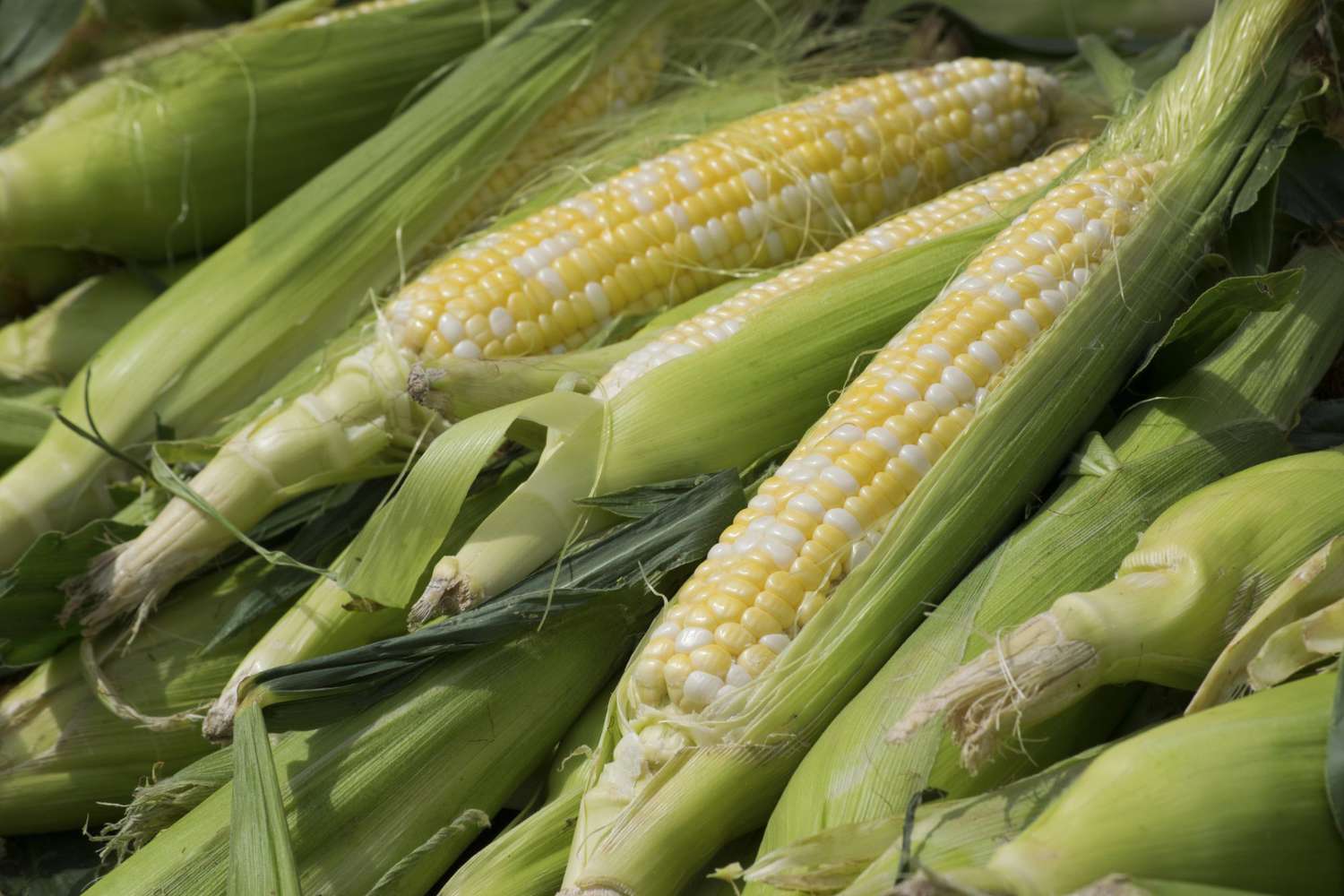
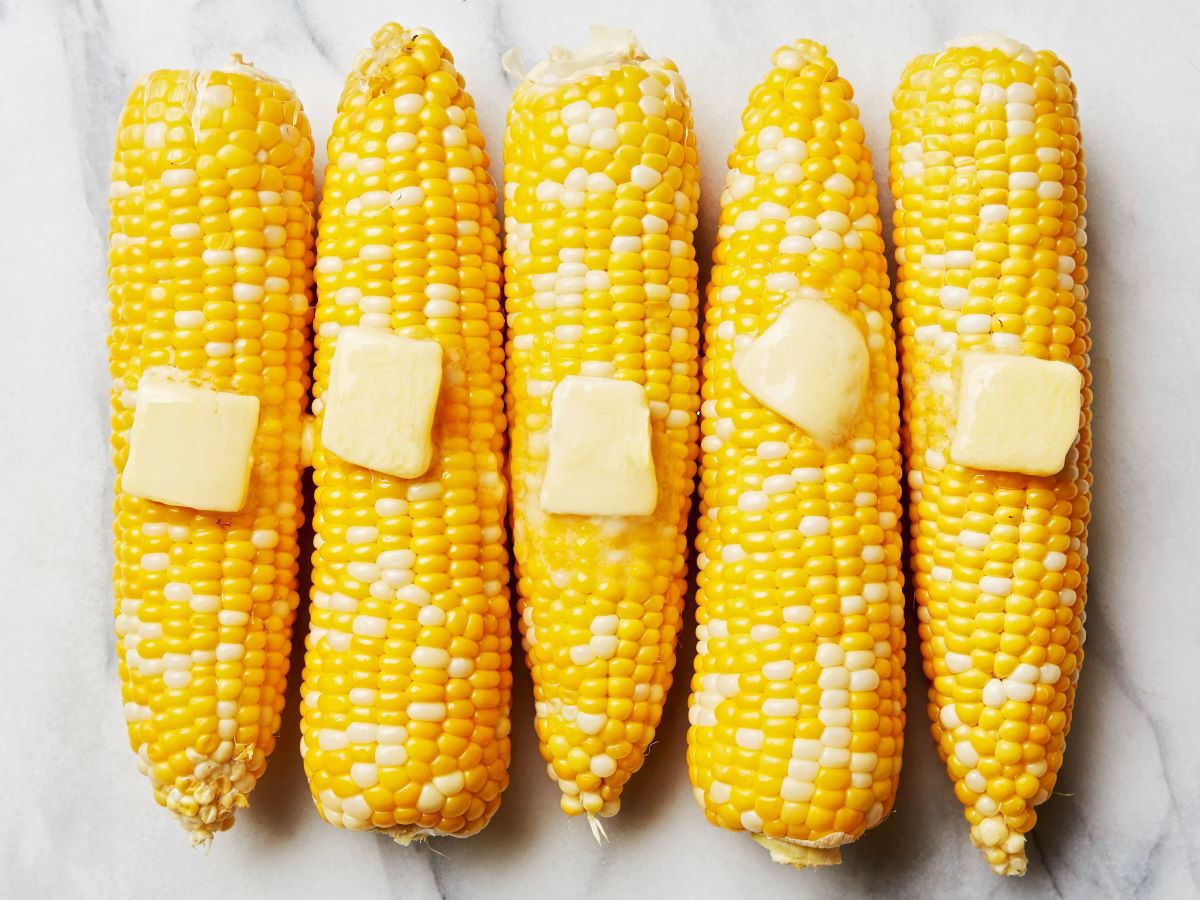
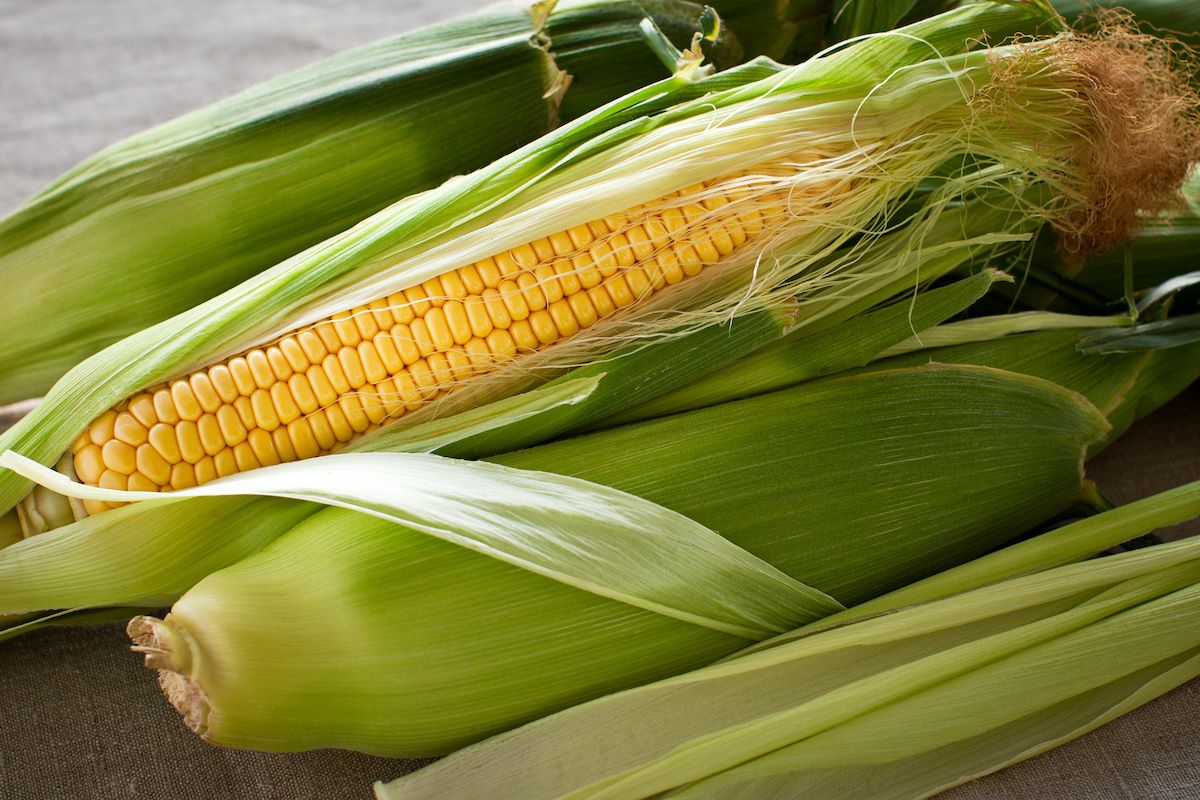
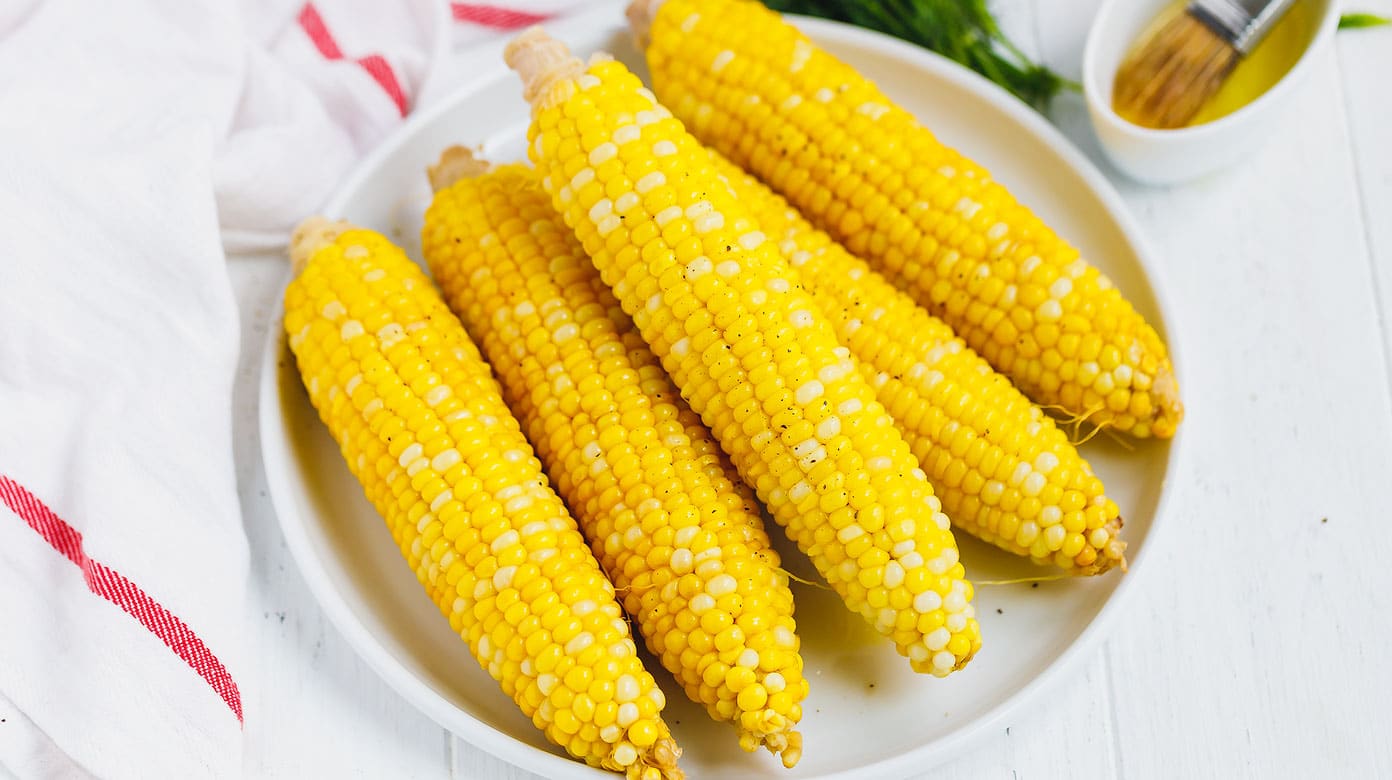
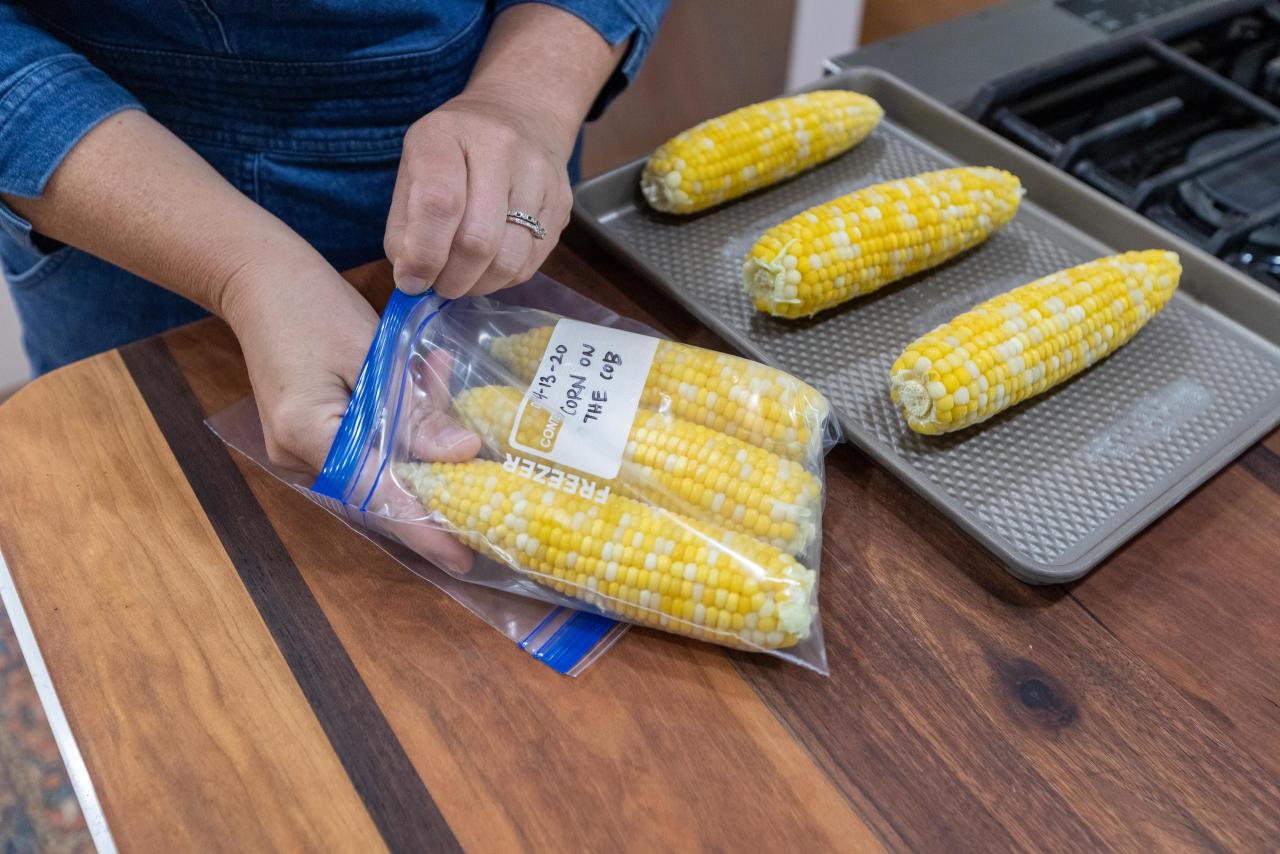
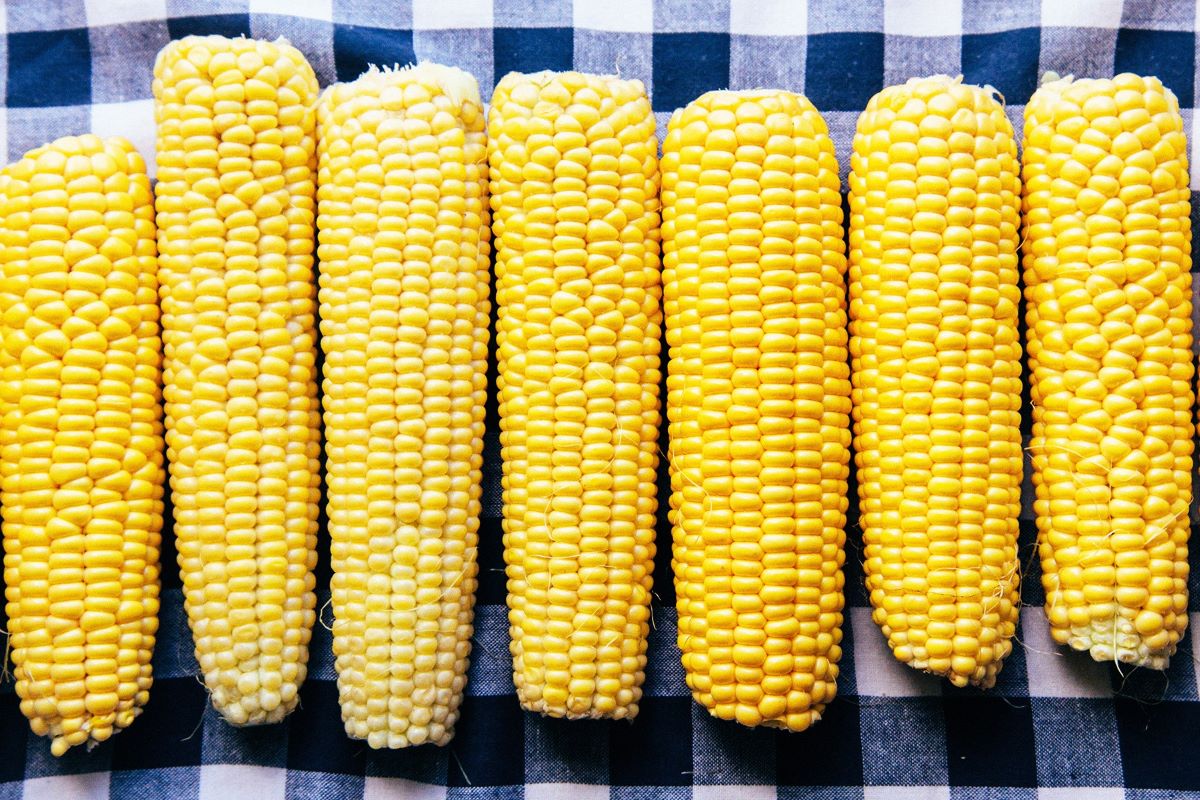
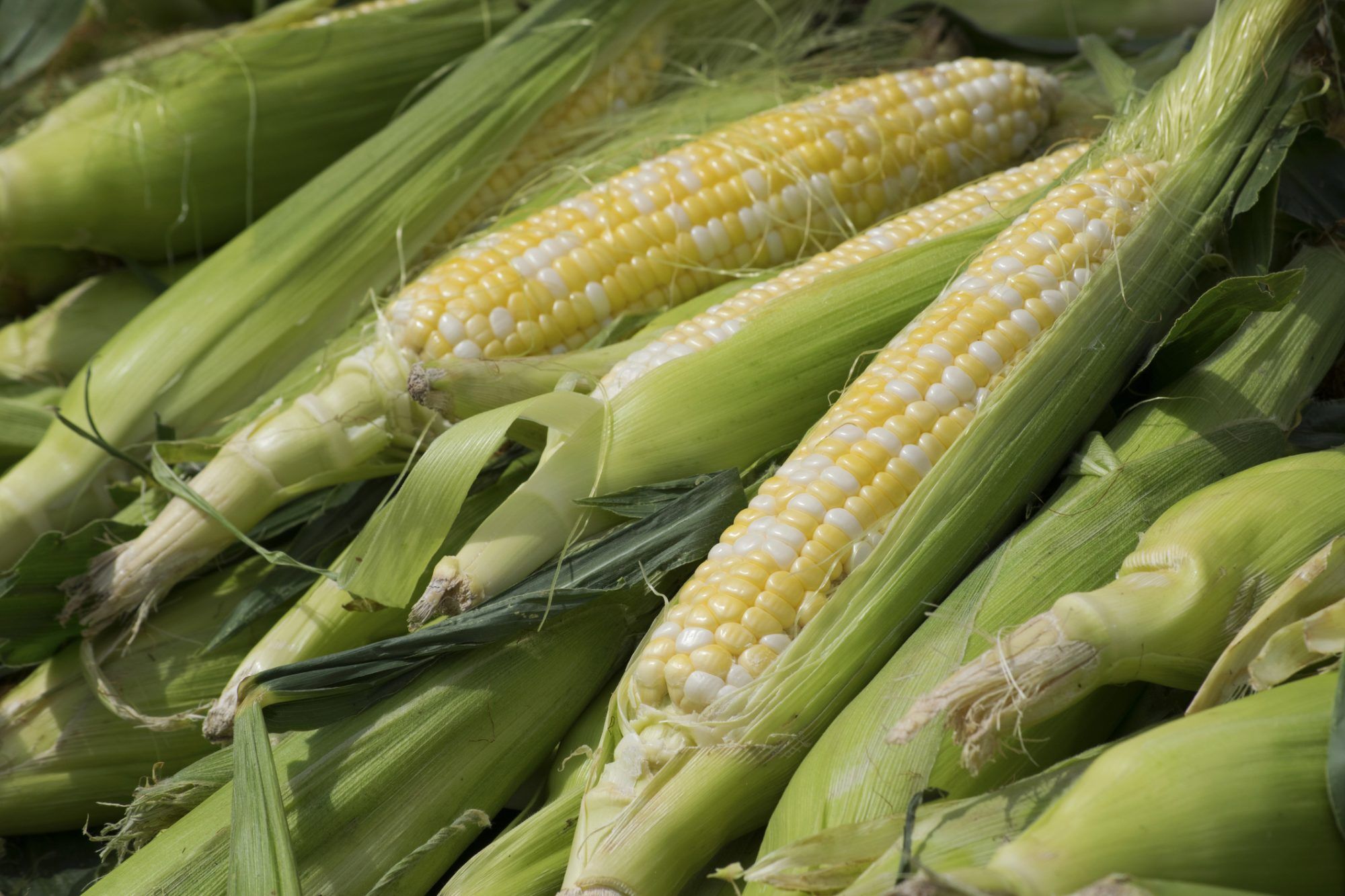
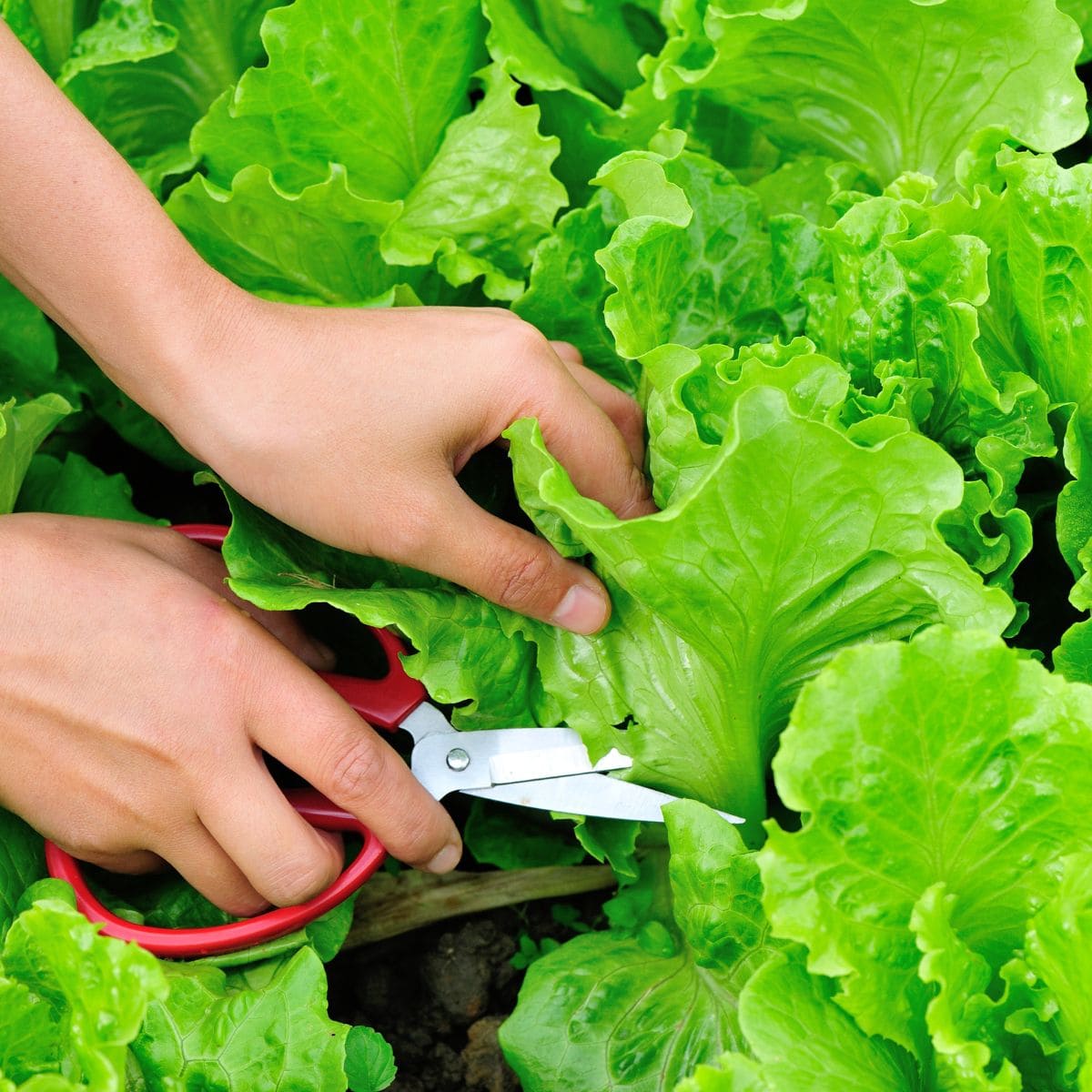
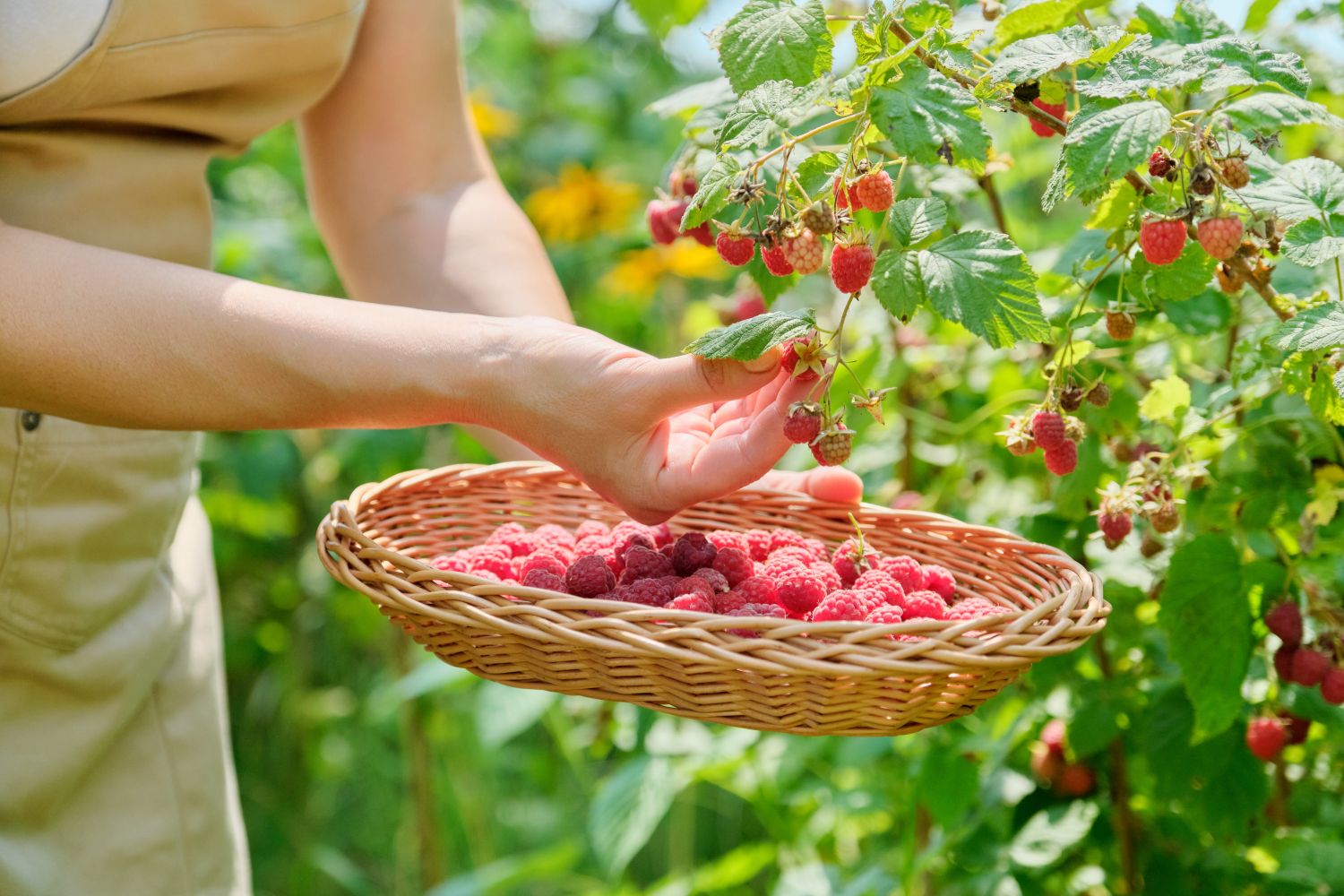
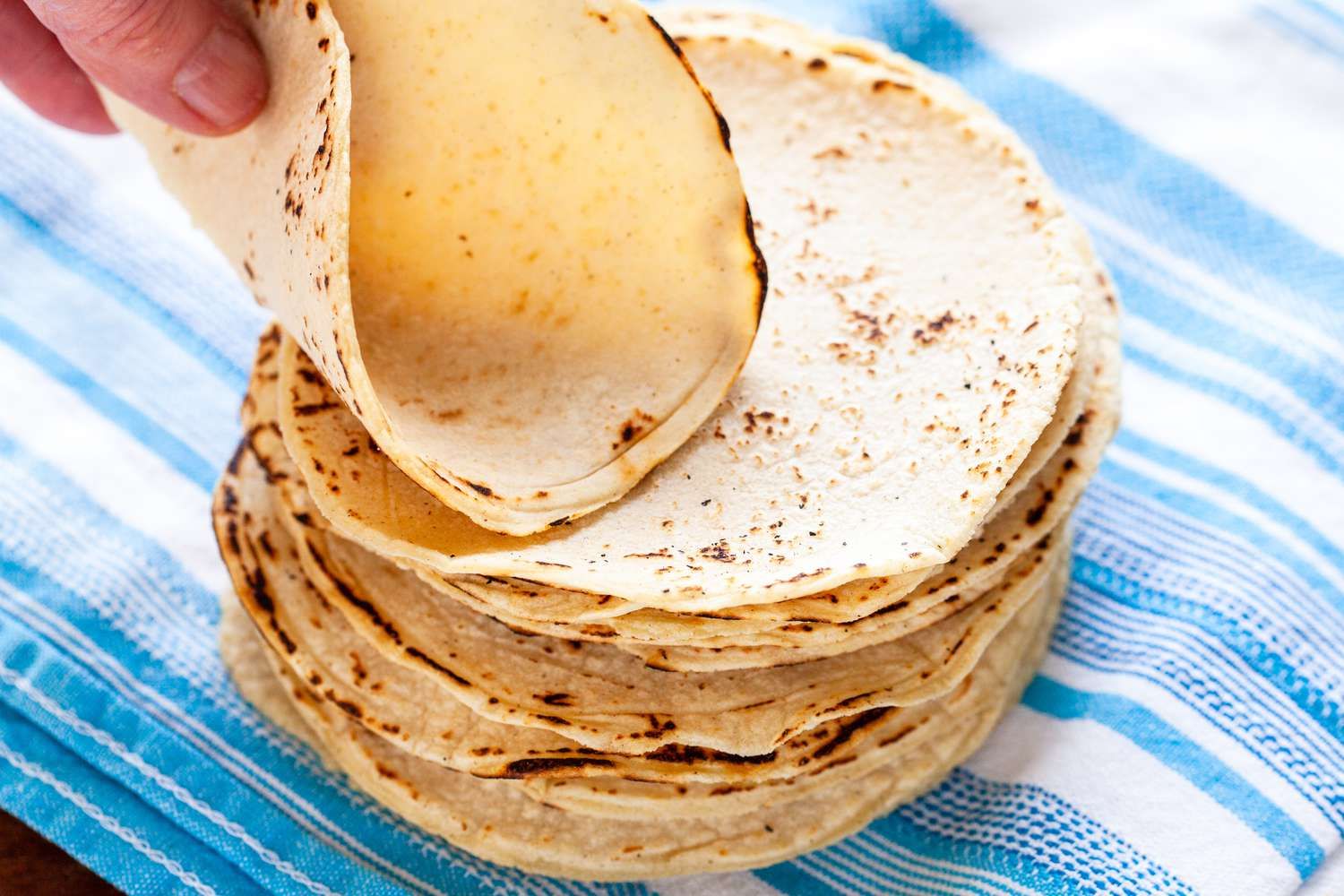
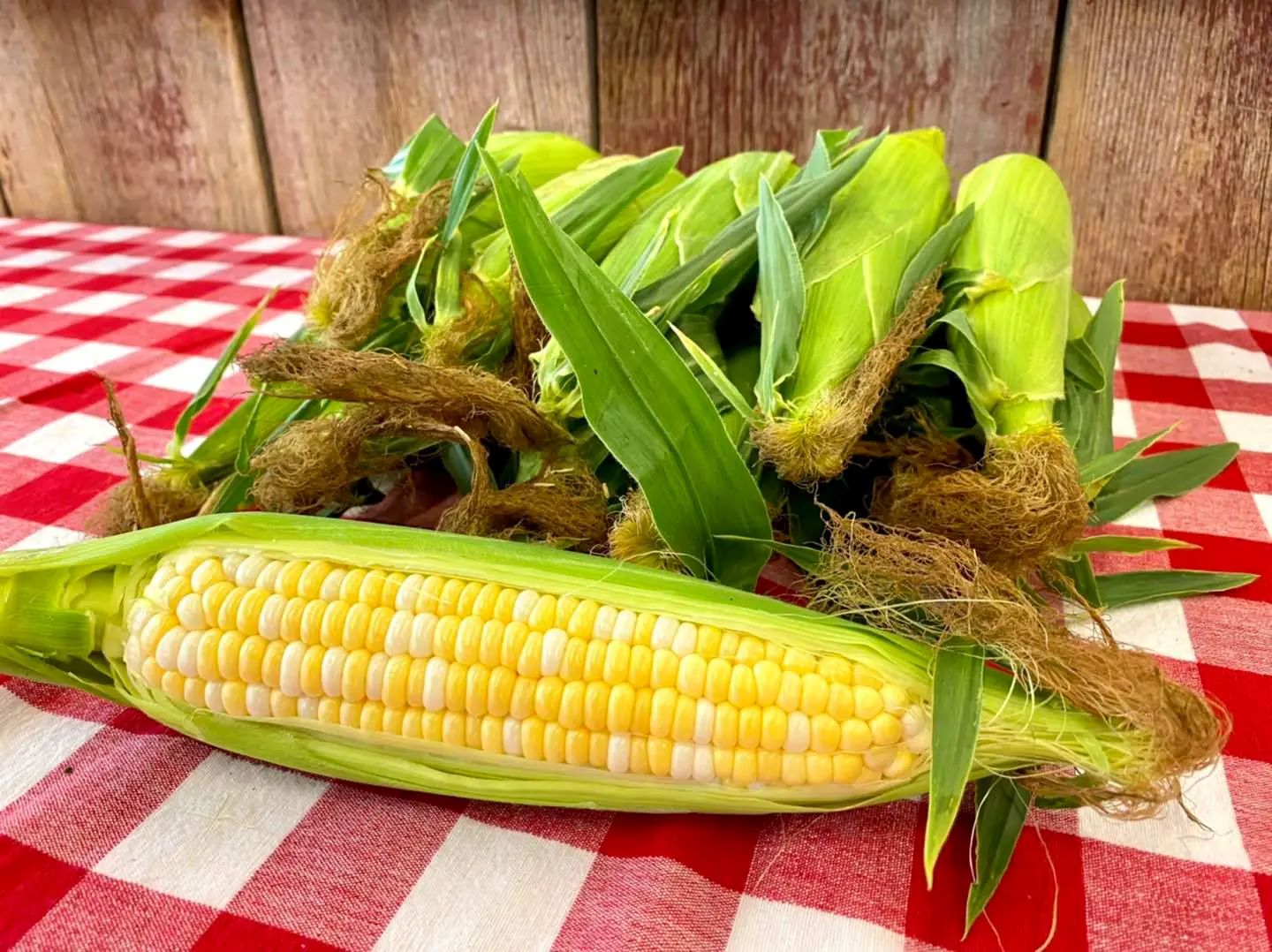
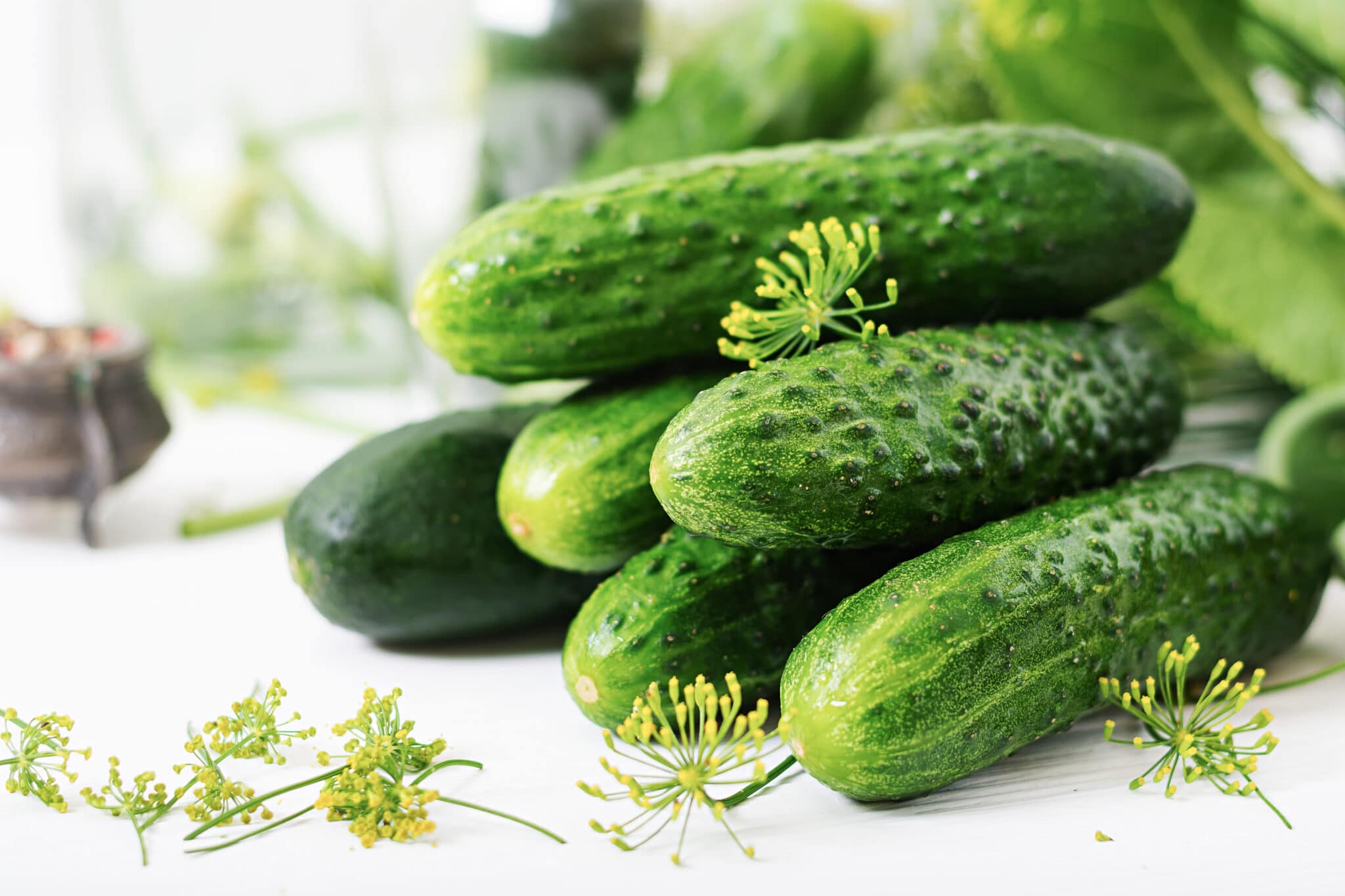
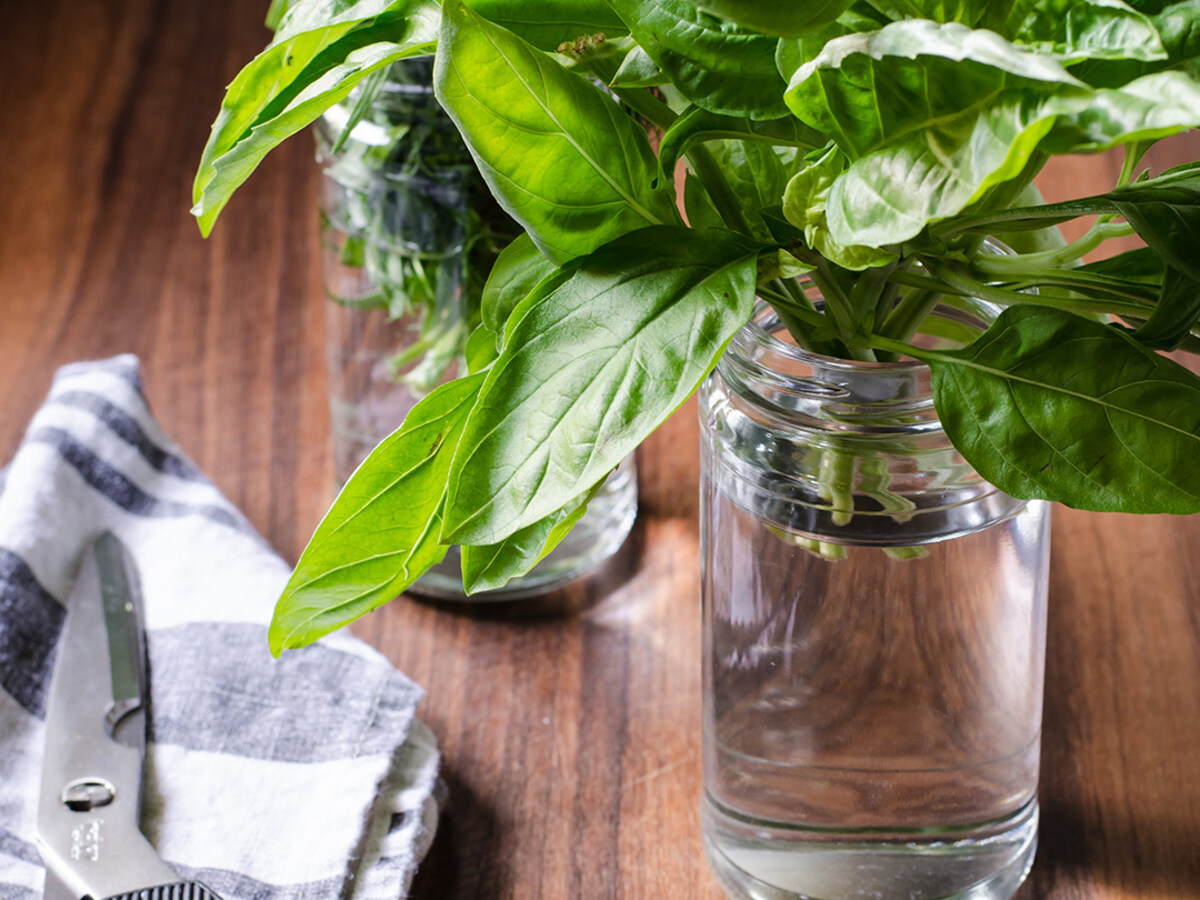

0 thoughts on “How To Store Fresh Picked Corn On The Cob”